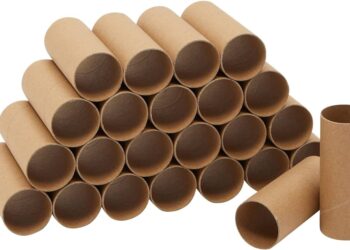Glasses are not only a means of correcting vision and protecting the eyes from harmful radiation but also a wonderful accessory that can harmoniously complement any look. If, of course, you choose them correctly. Wearing glasses that are too wide or too narrow is fraught with the fact that in the first case they will look unaesthetic, and the optical center of the lens may be determined incorrectly, and in the second, they will put pressure on the temples, causing a headache.
When choosing a frame, you must also consider the parameters indicated in the recipe. Glasses should not give optical distortion. It is known that with a significant minus, the lenses make the eyes smaller than they really are, with a plus, they increase. The frame, chosen incorrectly, can enhance this effect. The size of the glasses also depends on the inter center distance (the distance between the centers of the pupils), which the ophthalmologist indicates in the prescription.
There are several things to consider when choosing the right frame for you:
- The total width of the frame is the distance from one temple to another.
- Temple length – the distance from the connection of the temple with the frame to the ear.
- The width of the bridge on the bridge of the nose.
- Lens width.
Using previous frame parameters for new frame
You can make the right choice of glasses by using the parameters of the previous frame or by measuring your face yourself:
- The size of the glasses is usually indicated on the left temple of the frame in millimeters and consists of 3 numbers separated from each other by a dash or a square. Let’s say the size 54-20-140 (54-20-140) is indicated on the temple, where the lens width is 54 mm, the width of the bridge on the bridge of the nose is 20 mm, and the length of the temple is 140 mm. So, if you multiply the lens size by 2, add the size of the nose bridge, and add up to 10mm of swivel width, you get a figure that matches the width of the face of the person these glasses fit. Our calculation is as follows: 54×2+20=128 mm (+width of hinges).
- The width of the face is measured from temple to temple at eye level. It should be remembered that the bow also has a width, and therefore it is necessary to measure with a small margin.
Tips to follow while buying glasses
When you shop glasses, consider the following:
- The width of the frame should not exceed the width of the face by more than 2-3 mm. (the exception is some forms, such as “cat’s eye”, “butterfly”, and “dragonfly”).
- Permissible deviations in the width of the bridge are no more than 1 mm.
- The possible difference in the length of the temple is 5 mm.
Conclusion
Paying attention when buying only on appearance, can make a common mistake. The main selection criteria should be the feeling of comfort when trying on the frame and its correct position on the face. If the parameters of the frame do not match your individual sizes, you should not buy even a very beautiful spectacle frame or stylish sunglasses.












Discussion about this post